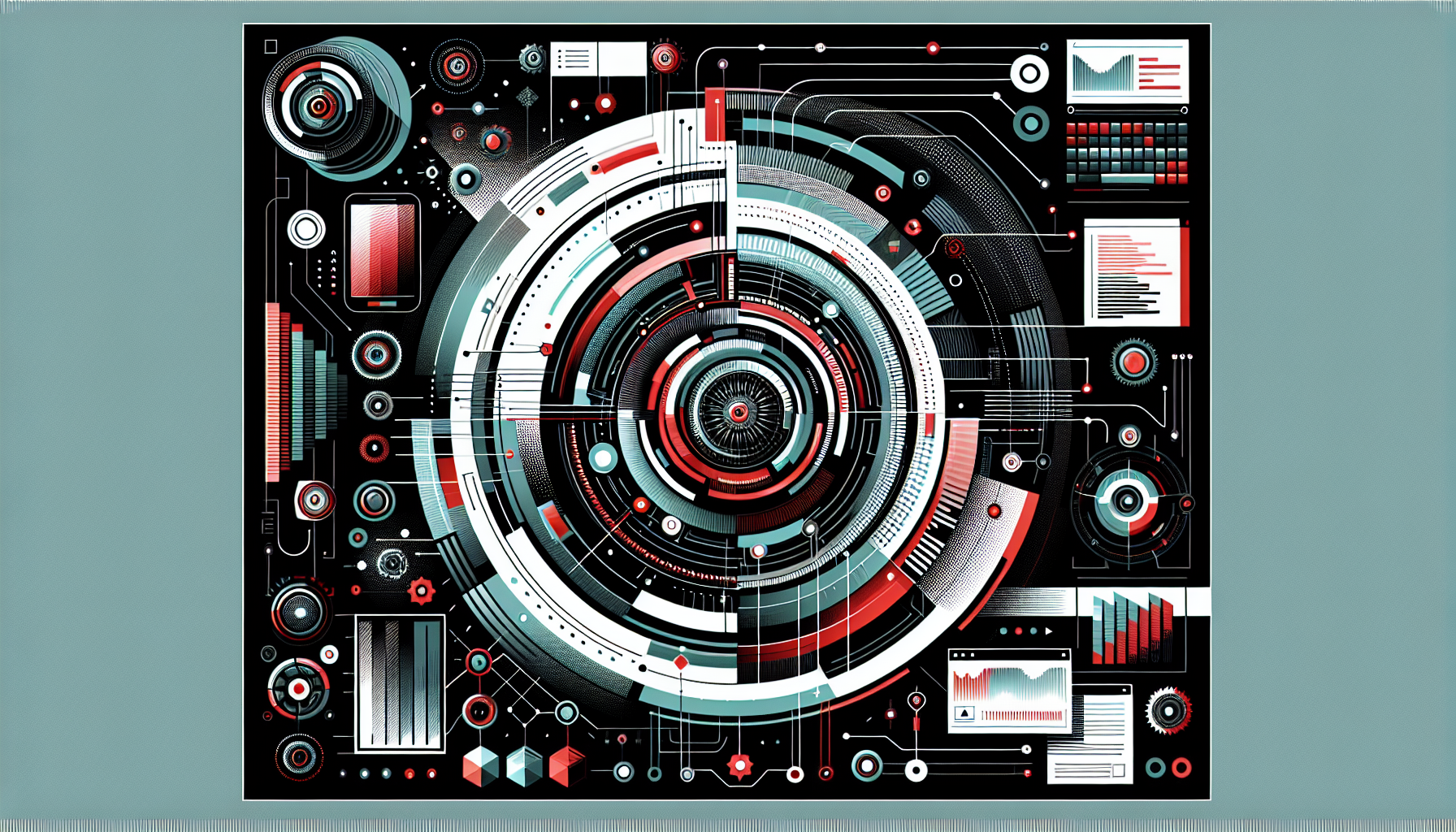Enhancing User Engagement with Microinteractions

Understanding Microinteractions: The Subtle Art of Engagement
Microinteractions are the tiny, often overlooked details in user interfaces that enhance user experience. These are the small, contained moments that encompass a single task, such as toggling a switch or liking a post. Joon-woo, with his keen eye for detail, would liken these to the brush strokes in a traditional Korean painting—a single stroke might seem insignificant, but together they create a masterpiece.
Key Components of Microinteractions
- Trigger: The initiation point, either user-triggered or system-initiated.
- Rules: Define what happens once the trigger is activated.
- Feedback: Communicates to the user what is happening.
- Loops & Modes: Determine the microinteraction’s lifespan and evolution.
Designing Effective Microinteractions
Good microinteractions are invisible yet impactful. They should be intuitive and seamlessly integrated into the user’s journey.
Actionable Insights
- Simplicity is Key: Overly complex microinteractions can confuse users. Focus on clarity and purpose.
- Consistency: Maintain uniformity in design elements to avoid disjointed experiences.
- Feedback: Use animations and visual cues to provide immediate feedback.
Technical Implementation
Microinteractions are not merely aesthetic; they require thoughtful coding and design. Below is a basic implementation using CSS and JavaScript:
Code Snippet: Toggle Button Animation
<button id="toggle-button" class="toggle-btn">Toggle</button>
<style>
.toggle-btn {
transition: background-color 0.3s ease;
}
.active {
background-color: #4CAF50;
}
</style>
<script>
const button = document.getElementById('toggle-button');
button.addEventListener('click', () => {
button.classList.toggle('active');
});
</script>
Practical Examples in the Digital Landscape
Case Study: Instagram’s “Like” Animation
Instagram’s heart animation on double-tap is a quintessential microinteraction. It provides immediate feedback and enhances user satisfaction. This subtle animation encourages more interaction, akin to how a gentle breeze might inspire the turning of a page in a haiku collection.
Comparative Analysis
| Platform | Microinteraction | Effectiveness |
|---|---|---|
| Heart Animation | High user engagement and satisfaction | |
| Like Button | Instant feedback with animation | |
| Reaction Icons | Diverse feedback options enhancing expressiveness |
Integrating Microinteractions in Product Design
Step-by-Step Process
- Identify Key User Actions: Determine which actions will benefit from microinteractions.
- Design with Purpose: Use tools like Figma or Sketch to prototype your microinteractions.
- Iterate and Test: Conduct usability testing to refine the microinteraction’s effectiveness.
Philosophical Reflections on Microinteractions
In the quiet moments of a digital experience, microinteractions serve as whispers that guide the user’s journey. They echo the teachings of classical Korean literature, where the beauty lies not just in the grand narrative, but in the subtle nuances that enrich the reader’s engagement. In this world of fleeting attention spans, microinteractions are like the rhythmic beats of a Korean drum—drawing us in, holding our gaze, and leaving an indelible mark on our digital consciousness.





0 thoughts on “Enhancing User Engagement with Microinteractions”